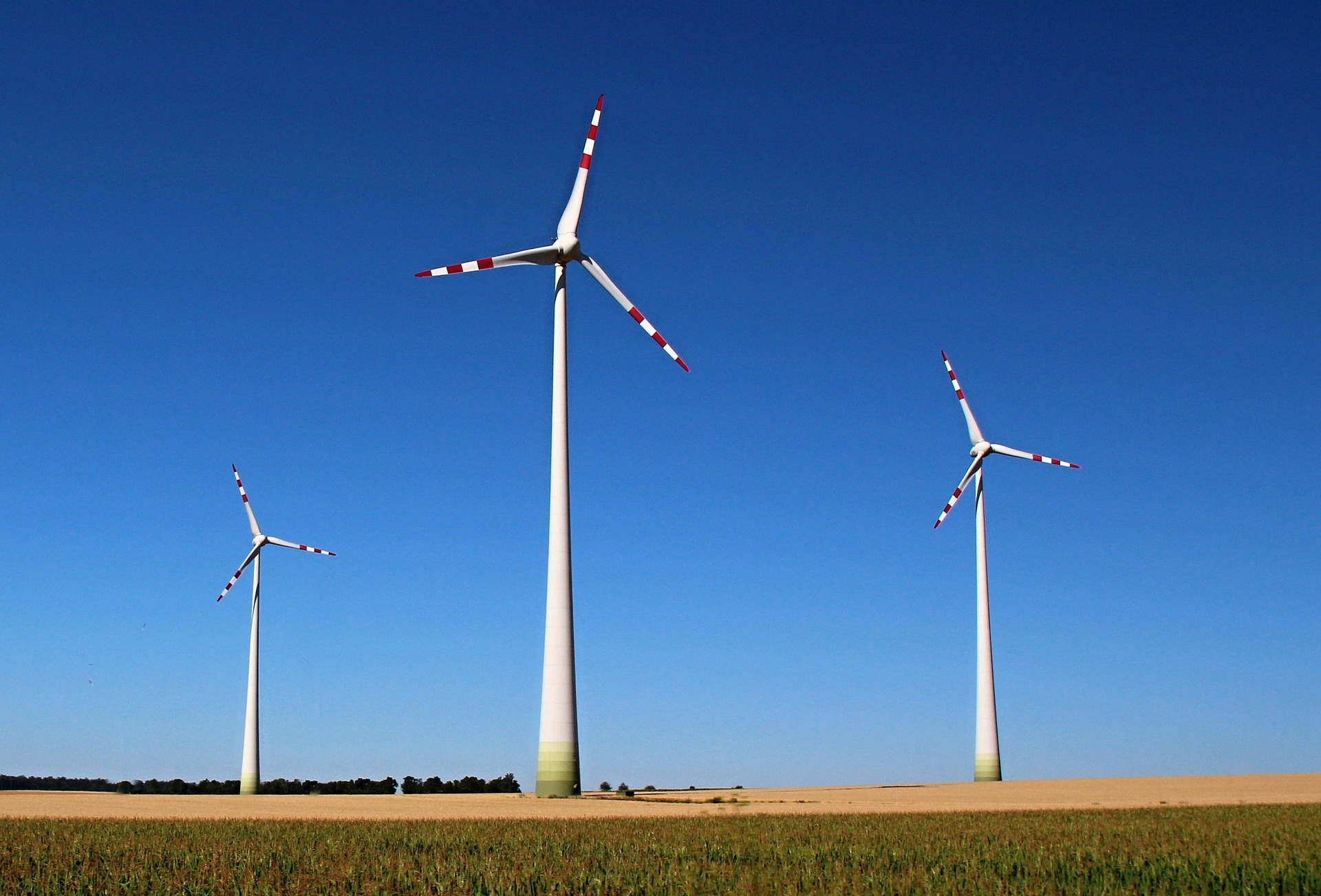WindSim: how to determine the best location for a wind park
How do wind energy project developers decide where a new wind park will be located and how do they optimise the production? How do they determine the wind speed and direction? Of course, these businessmen are not chasing the wind by themselves – all of the wind information they require is simulated in special software packages. One of the leaders in this field, WindSim, has been simulating the wind conditions in Norwegian fjords, as well as on the Lithuanian plains, for more than two decades now. What makes the WindSim technology exceptional? And how can project developers use this simulated data in the best way?
Innovative wind simulation solutions
The main technology used by WindSim is CFD (Computational Fluid Dynamics) that allows the program to simulate the wind resources precisely and to deliver evidence-based recommendations to its clients. In 1998, the company created the country’s wind atlas together with the Norwegian Meteorological Institute, which became the basis for integration of CFD technology into a broad range of services. At the moment, WindSim can evaluate wind resources even in the most difficult locations, both onshore and offshore or along a coastline.
Choosing the correct site for a wind park is a factor that ultimately determines the project’s monetary turnover and successful operations. The simulations performed by the WindSim software allow the developers to determine where, and even at what height, the wind turbines should be established. The software analysis includes data such as the wind resources, terrain, proximity to transmission lines and residential areas, as well as the potential environmental and legal restrictions.
With the help of CFD technology, the quality of the wind can also be evaluated – the simulations determine the conditions that the turbines will face throughout their lifetime. Both the wind speed and turbulence, as well as the future plans of a developer, are taken into account. When all the various data is collected, the program can even calculate the gross Annual Energy Production (AEP). Finally, when the construction is over and the operation of the wind park begins, the statistical model can be compared to the results and the success of the investment can be evaluated.
Evidence-based investment pays off
WindSim services are used not only by wind energy project developers but also by the meteorologists and researchers employed at wind turbine manufacturers, as well as by government agencies and academic institutions. By combining physical and statistical methods, the company’s consultants deliver comprehensive 3D models and reports. Other information sources such as videos and research articles are also shared with the clients of WindSim.
The developers of wind energy projects can put forward data that is internationally acknowledged to their investors, as proof that a project will be effective and profitable. Having all the correct data on the wind resources also helps to minimise the load on turbines in order to optimise and prolong their operations. For these reasons, a minimal investment in this modern software today might lead to money savings or even greater profits in the future.
Post a comment
You must be logged in to post a comment.


